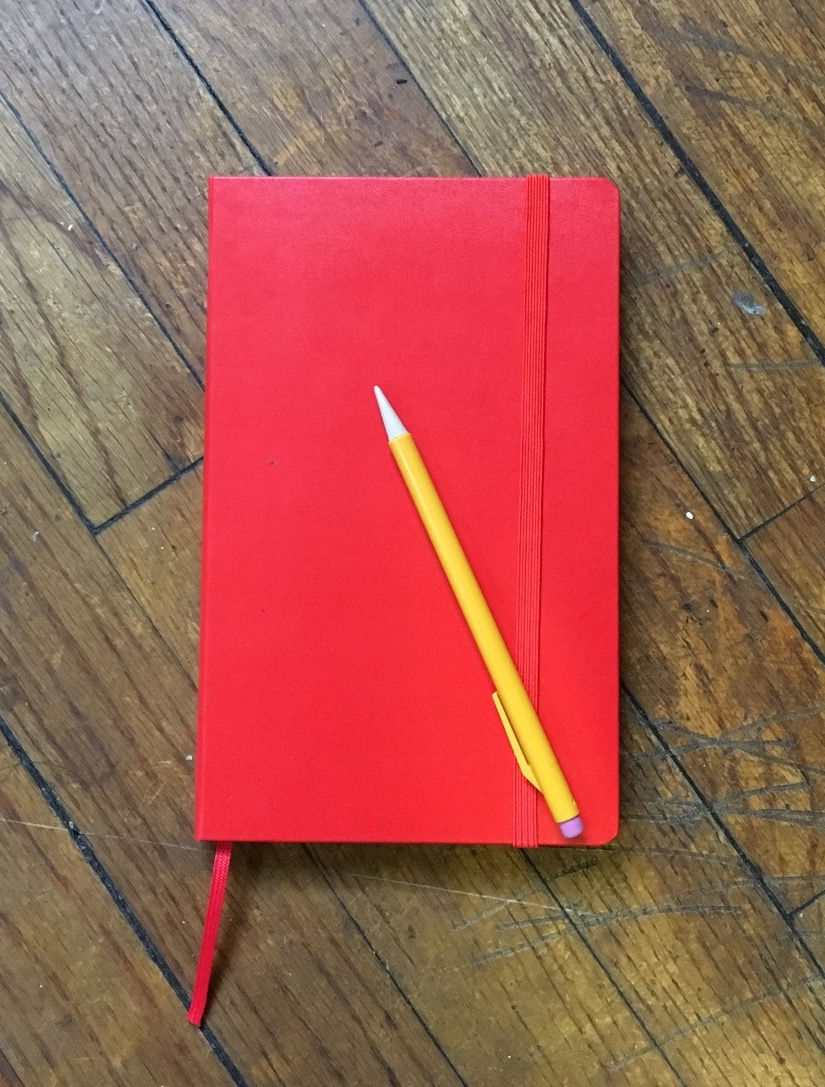Sarah's Faves: 3D Modeling Tool Kit and Workflow Must-Haves
- Sarah C Awad
- Feb 21, 2017
- 4 min read

Studio Mode aka Messy Mode!
My process for making 3D models is very illustrative and prominently analog throughout, due to my struggle with visualizing dimensions and relations. I find that physically drawing blueprints, concepts, and measurements not only clears that wall, but also helps me make more effective mental notes and purposeful decisions. This becomes especially important in streamlining more complex builds I have been taking on that push me out of my comfort zone.
Let's get started!

Standing Desk
I am a big believer in standing desks- I have one at my full time job, at my apartment, and when I am elsewhere, will create a makeshift one. I find that standing while I work keeps my energy up, encourages healthier habits, and also gives me more workstation space with that added extra level (important when you live in a small apartment!). Obviously, this is not for everyone, but I figured I would add it in because it is a very important part of my working style. There are so many types of standing desks for different preferences, so I would rather not recommend one specific unit, but that variety in both details and cost guarantees that there is one out there for everyone!

Ruler and Tape Measure
I employ a large arsenal of measuring tools due to my inability to ever fully understand anything involving measuring, distance, and thickness! I like each tool for different dimensioning situations, and normally when I only have one, I end of up needing the other! More is more in this case.

Caliper
The glorious caliper has its own section in order to proper display its awesomeness; an easy way to get those micro-level dimensions, it is a must-have for every person working in 3D. This one here is LaserGirls approved!

Sketch Book
Another "tool" second to the caliper in importance- I always start any project with sketching out my thoughts and concepts, and sketch throughout the modeling process as well. As someone with a drawing background, sketching allows me to express certain thoughts I cannot realize the same way through the computer, and the different physicality it presents assists me in editing my decisions. Ideas that work in 3D do not necessarily work in 2D and vice versa, so the combination of analog and 3D mark-making diversifies the reality of what I am working with, allowing me to make more poignant decisions.
In terms of my sketchbook preferences, I prefer any bound book that is either off white or cream colored (but you use what you like!), and just recently bought the above Moleskine!

Post-its
I use these to take down my to-dos, edits, RGB values, and other bits of information I need. I also stick them to my computer for quick and easy access. I prefer to write down my notes on paper because I remember them better, and get a heightened satisfaction from crossing off completed tasks! For me, those little moments of accomplishment keep me motivated and positive during the process.
(2D) Printer

My coffee stained blueprint pieces- the consequences of a small apartment where you have to use your "kitchen" table as a desk!
Obvious at this point, 2D visualization is vital to my 3D process, whether it is through sketching, note taking, or through schematic making (especially when I am making prop weapons). I like to make vector drawings of all my components to scale, then print them out and iterate accordingly. This saves me tons of re-work time in SolidWorks, and also assists in helping me visualize the true scale of the final product.
Pinterest/Reference Images
I like to use direct print outs, and/or an iPad situated next to my station to have as little workflow interruption as possible. I like to have paper printouts of my "default" images, or selections I reference most frequently, and use my Pinterest for those images at other, less referenced angles.

Calendar
I never not map out a project on a calendar, for it is the foundation for any project. As we have mentioned time and time again, 3D printing requires hours and hours of modeling, printing, iterating on prototypes, printers crashes, and finishing- it is so easy to run into setbacks. What I like about my cosplay projects is that there is hard deadline, the convention. This leaves me no choice but to complete the project and provides me a concrete time period on which to create my calendar.
Some of my practices: I always factor in more time than I think I need (if I can finish a model in a day, I give myself two or three), and set my personal completion deadline two weeks prior to the main event as a setback buffer. I also prefer my analog whiteboard and paper calendars to digital calendars, and situate them in my apartment where I frequently will look at them as reminder.
3D printing requires a marriage of the physical and digital world, and a balance of analog, digital, and mechanical practices in order for the object to materialize successfully. I can't create something in digital space for my world without understanding certain contexts in my world that tend to get lost in digital space, and I heavily use analog practices and these tools to form that bridge.
As processes and people become more plugged in, I cannot stress enough how impactful the analog has been to my digital process, and I hope that I have provided you with some new practices to add to your workflow. Please comment below on important parts to your practices- let's learn from one another!




Comments